We are in the process of integrating Stream to power our notifications module.
When looking at the usage metrics in the dashboard, we see suspiciously large amount of feed updates:

As you can see we have around 9K feed updates per day.
Those daily 9K feed updates don't make sense since right now our backend code does not create any activities.
The only Stream API calls that happen, is when a new user registers we create a new stream for it, of type 'notification', and make this new stream follow a single admin stream which is of type 'flat':
const notifications = client.feed('notifications', userId);
await notifications.follow('user', 'admin');
So for example, if we had today 200 new users who registered, the admin's flat stream will have additional +200 followers.
As of today, we have:
- 4722 streams of type 'notification'
- 1 stream of type 'flat'
These are the only interactions we do with Stream's API, and we don't understand what is the source of all those feed updates in the dashboard. (Maybe these follow commands counts as a feed update?)